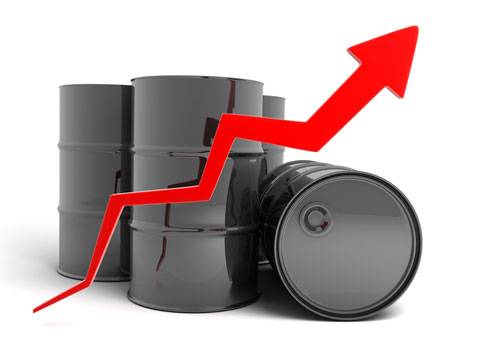The euro briefly hit a three-week low on Monday morning before recovering some losses, while the U.S. dollar edged slightly higher after President Donald Trump threatened to impose 30% tariffs on imports from two of the United States’ largest trading partners, starting August 1.
Analysts pointed to what’s known as the “TACO” trade (short for “Trump Always Chickens Out”) as a factor in suppressing major moves in the foreign exchange markets, with investors now less responsive to his recurring threats.
Clearer Moves in the Crypto Market
In contrast, the cryptocurrency market saw sharper movements, with Bitcoin surging to a new record high above the $120,000 mark, driven by investor bets on long-awaited legislative breakthroughs in favor of the sector expected this week.
The world’s largest cryptocurrency jumped 2.9% to trade at $122,549.70, while Ether rose 1.5% to $3,039.48.
New Tariff Threats and European Accusations of Unfairness
Trump announced the new tariffs on Saturday in two separate letters addressed to European Commission President Ursula von der Leyen and Mexican President Claudia Sheinbaum, both posted on his Truth Social platform.
The European Union and Mexico both described the tariffs as “unfair” and “destabilizing.” The EU said it would extend its suspension of retaliatory tariffs against the U.S. through early August and would continue pushing for a negotiated resolution.
Could Trump’s Success in Pressuring Trade Partners Support the Dollar?
Analysts at Commerzbank wrote in a morning note: “If Trump is actually able to extract major concessions from America’s trading partners through tariff threats, that could be seen as a positive for the dollar — especially if the concessions involve lower tariffs on American goods.”
However, they also warned that the high level of uncertainty facing American businesses, with constant tariff threats, is dampening investment appetite.
Markets Largely Ignore the New Threats
Despite the threats, the reaction in currency markets was relatively muted:
The euro fell 0.1% to $1.168175 after touching its lowest level in three weeks before partially recovering.
The British pound declined 0.1% to $1.3475.
The Japanese yen inched up to 147.33 per dollar.
The U.S. dollar climbed 0.3% against the Mexican peso to 18.683 pesos.
Carol Kong, a currency strategist at Commonwealth Bank of Australia, said: “Financial markets seem desensitized to Trump’s tariff threats after months of repetition… The muted reaction this time suggests the market views it as a negotiation tactic aimed at extracting further concessions.”
Moves in Other Currencies and Concerns Over Trump Interfering with the Fed
The Australian dollar fell 0.11% to $0.65665, while the New Zealand dollar dropped 0.36% to $0.5988.
Outside the tariff news, Trump said on Sunday that it would be “great” if Federal Reserve Chair Jerome Powell resigned — a fresh jab at the central bank’s independence, as he again called for interest rate cuts.
Markets Turn Toward Inflation Data
Markets now turn their attention to U.S. inflation data for June, due Tuesday, which may offer clearer signals on the interest rate path. Investors currently price in a bit more than 50 basis points of rate cuts by December.
Recovery in Chinese Exports
In Asia, data released Monday showed that Chinese exports regained momentum in June, while imports also rebounded, as exporters rushed to ship goods ahead of a potentially short-lived tariff truce between Beijing and Washington, with the Trump administration’s August deadline approaching.


